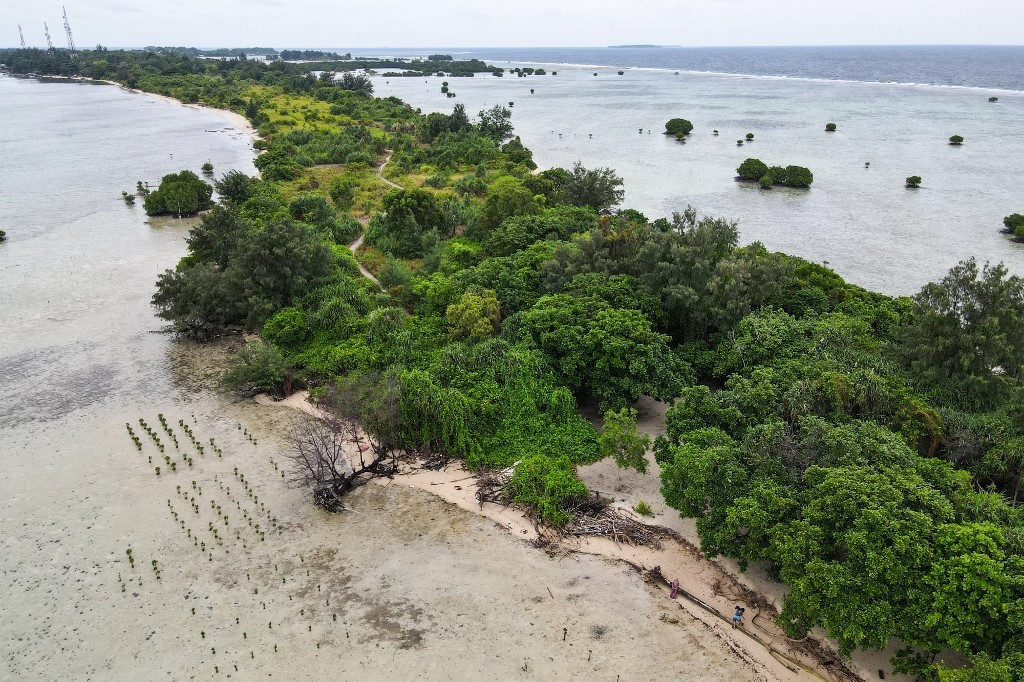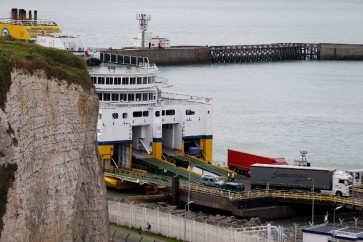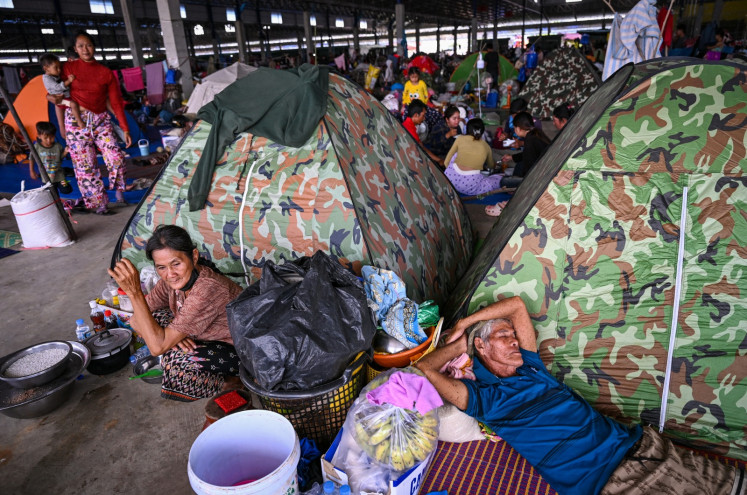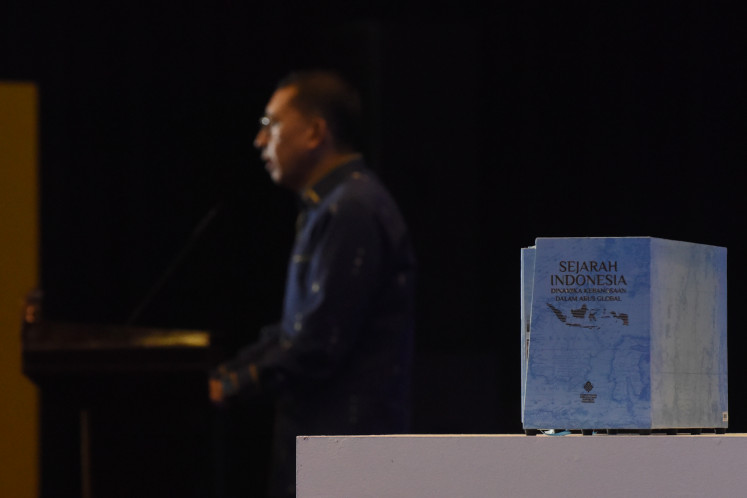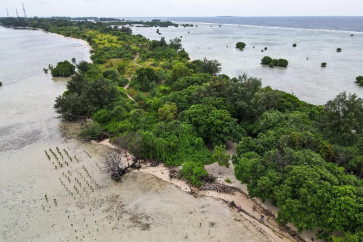Popular Reads
Top Results
Can't find what you're looking for?
View all search resultsPopular Reads
Top Results
Can't find what you're looking for?
View all search resultsAnalysis: Govt lifts 20-year sea sand export ban, endangering small islands
Change text size
Gift Premium Articles
to Anyone
F
ollowing a 20-year ban, the government has officially lifted the restriction on exports of sea sand, prompting protests from some quarters, including a former minister and environmental activists. President Joko “Jokowi” Widodo himself clarified that the new export permits are intended for sedimentation sand that is blocking shipping lanes, not from the seabed itself.
The decision to reopen the sea sand exports is regulated by Trade Minister Regulation No. 21/2024, which refers to Maritime Affairs and Fisheries Minister Regulation No. 47/2024 that sets specifications of sedimentation sand for exports. The two ministerial regulations are the implementing regulations for Government Regulation No. 26/2023 on the management of sedimentation sand in the sea.
Shortly after the export ban was lifted, sea sand mining companies quickly sought permits to utilize sedimentation sand from the sea. The Maritime Affairs and Fisheries Ministry reported that 66 companies, had already applied for permits. The Sea Sand Entrepreneurs Association (APPL) said its members were applying for the permits en masse because selling sand overseas would benefit from high prices, at least twice the price in the domestic market.
Sea sand exports were allowed for the first time by then-president Soeharto in the mid-1970s especially to meet the demand for reclamation in Singapore. Most of the sand was exported from nearby Riau Islands. Indonesia supplied around 250 million tonnes of sand per year to Singapore from 1976 to 2002. Reports have it that the policy resulted in the loss of several small islands in Riau Islands while Singapore reclaimed eight small islands – Seraya, Merbabu, Merliau, Ayer Chawan, Sakra, Pesek, Masemut Laut and Meskol – to create Jurong Island. This land reclamation project extended the Jurong area by 3.5 kilometers southwest.
After about 25 years, then-president Megawati Sukarnoputri banned the export of sea sand through Presidential Decree No. 33/2002 because the practice was considered detrimental to the environment. According to the Industry and Trade Ministry, daily sea sand exports reached 2 million cubic meters at that time. However, only 900,000 cubic meters were legal. This illegal trade was estimated to cost the government US$330 million annually.
Reopening the export of sea sand to Singapore would bring in big profits to licensed sand miners, which according to one calculation could amount to Rp 733 billion ($48 billion) a year and would bring in non-tax government revenue (PNBP) of around Rp 74 billion a year. But the economic losses from this ban being lifted would be much higher in the form of ecological losses such as coastal erosion, shoreline changes, degraded water quality and destruction of the marine ecosystem. The cost of restoring the ecological degradation would be at least five times the monetary benefits that the country would get.
What we’ve heard

